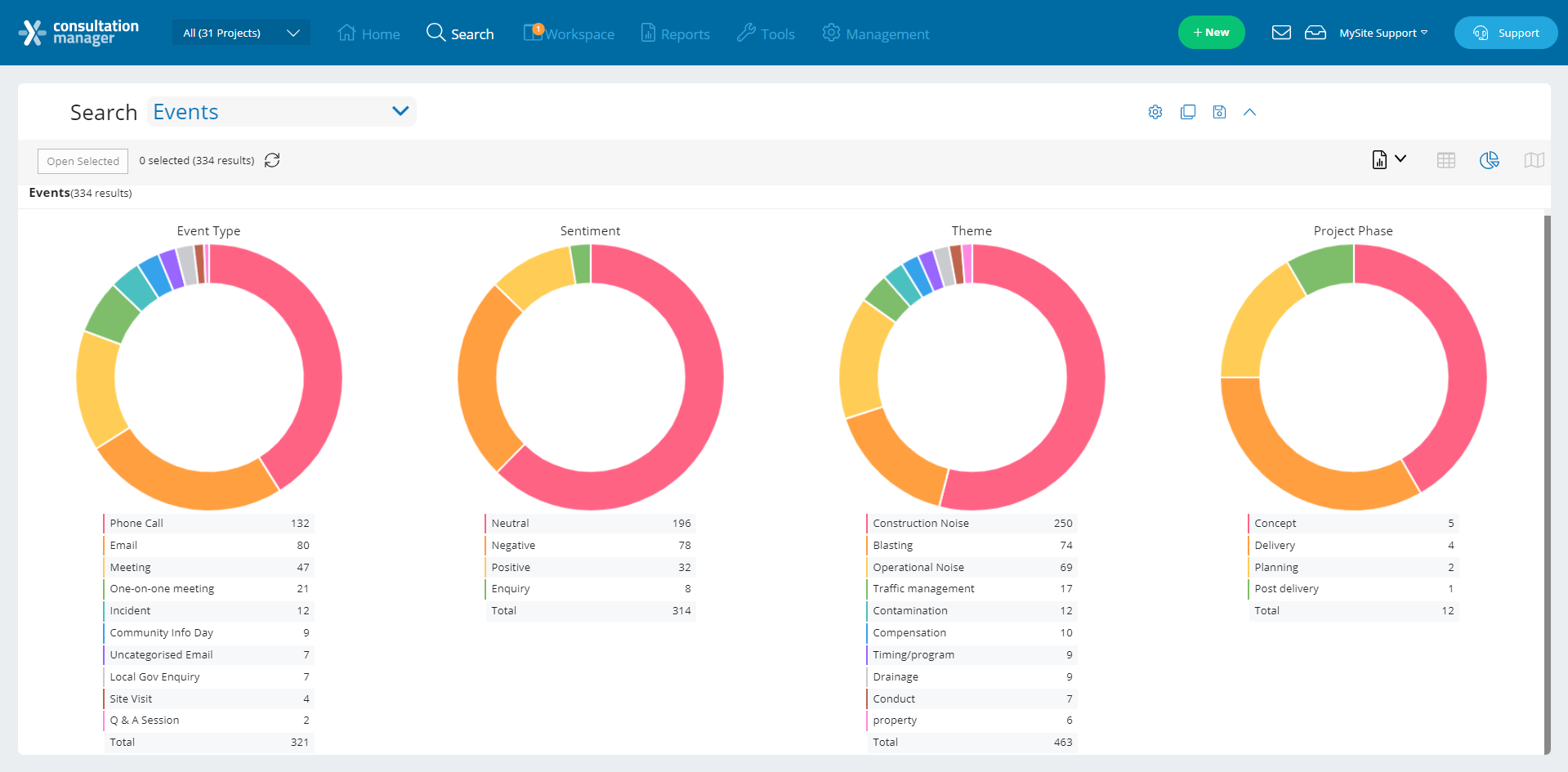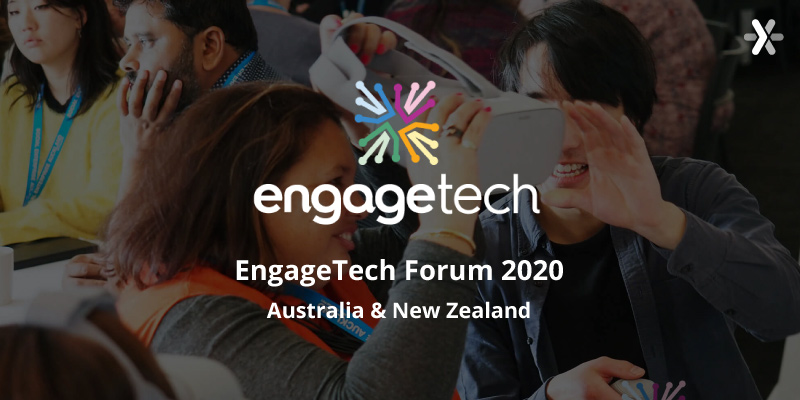“You’re on mute.” “Can you hear me?”
If you haven’t heard these phrases at least once this year, I must offer my congratulations. For the rest of us let’s continue…
Whether we like it or not, 2020 has certainly changed the way individuals and organisations adopt technology to communicate and engage with one another. Never before could you have a sneaky snack during important business meetings or model a blazer with flannel pyjama pants. This year has certainly been a season of transformation and we have seen entire business models having to adjust to suit remote working. Engage2 has quickly adapted to the new world, no better evidenced by the successful and totally virtual EngageTech forum last month. As sponsors of the event, we got to hear a range of perspectives on how technology can help you understand, engage and work with your stakeholders and communities. In this post, we’ll provide 3 key learnings from the event and why they’re so emblematic of our current circumstances.

1) Don’t underestimate your audience’s digital literacy
Inclusive community engagement is essential for organisations to capture a wide range of values and perspectives to ultimately inform decision making and determine project success. It can be an easy misconception that when we collect information online there will be an under representation of demographics such as the elderly and rural communities.
Several attendees spoke on how they were surprised by the number of participant responses they received from these demographics during community consultation.
While it may seem safe to assume that the teens and young adults with their heads buried in their phones, filming Tik Toks and swiping at lightening speed are the ones who are most likely to engage with you online, this is often not the case. The adoption of technology is not the only thing that we have seen accelerated by this pandemic. We have also observed an increase in the level of public participation and the diversity of stakeholders engaging in consultation online. There have certainly been a few myths busted around the level of digital literacy in certain demographics!

2) Digital engagement tools – don’t let them dictate your strategy
Take control! Whilst it might be easier to tailor your engagement strategy to sit in the comforts of your existing tools, it’s important not to let the tools take over your overall engagement strategy. Many speakers recommended considering not just the scope and purpose of your engagement, but the type and nature of the data and how you want to collect and present it. Use this information to make decisions on the best consultation and data management tools to invest in, and to scrap any tools that aren’t going to help you achieve these goals. Another thing to keep in mind is integration and the ease of which you can move data in between tools and platforms. Something that we heard over and over again from participants is that reporting on their engagement becomes a seriously tedious task when their data is scattered like seeds. Get yourself some tools and platforms that work with each other, not against.

3) Find ways to use digital tools for offline engagement
I understand this may sound like an oxymoron, but bear with me. As you may have gathered, traditional community engagement events such as town halls and community functions have been somewhat halted this year. While we are starting to see these meetings back up and running, the nature of this pandemic means we need to be prepared. If these events can’t go ahead in person we need to ensure we don’t lose the valuable community feedback that they provide. Finding ways to use digital tools to ensure that there is no communication gaps is hugely beneficial for organisations who rely on this type of engagement. Virtual town halls are just one example where local councils have been creating a virtual meeting place to supplement or replace a more traditional in-person meeting. In order to achieve maximum participation, you have full moderation and participant control in addition to the features you would expect like screen-sharing, live chat, and optional recording. For those who are fortunate enough to be back to in-person town hall meetings, we can still think about how to use digital tools to capture the feedback and views being discussed at these types of events. Even if they aren’t the main way of facilitating those engagement sessions it may be beneficial having a representative feeding information back through the digital platforms and closing the loop.
The right tools & strategy
The EngageTech forum has highlighted that while these are overwhelming times and there are plenty of things to be concerned about, executing your engagement strategy doesn’t have to be one of them. The tools are there and the community is ready to engage now more than ever. Times are changing and we need to change with them!

